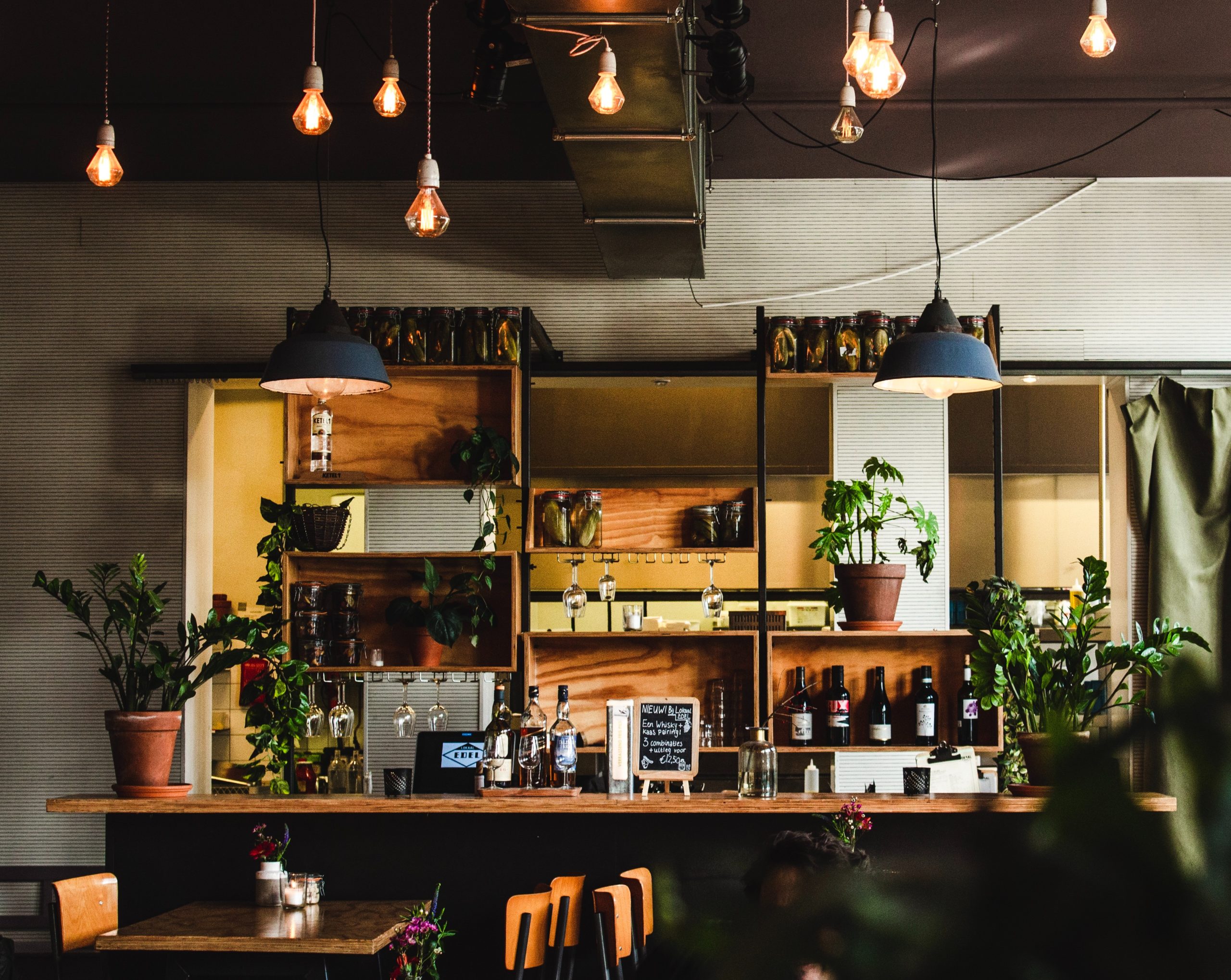In the world of interior design, the industrial style has gained significant popularity for its unique and urban appeal. Industrial interior design showcases raw, unfinished elements combined with sleek and modern finishes, creating a stylish and contemporary living space. This article explores the key elements, techniques, and tips to achieve an industrial interior design that is perfect for stylish city living.
Industrial interior design is a popular choice for urban dwellers seeking a contemporary and edgy aesthetic. This style draws inspiration from old factories, warehouses, and industrial spaces, embracing their raw and utilitarian elements. By combining these features with modern design elements, you can create a unique living space that is both functional and visually appealing.
Embracing Raw Materials and Exposed Elements
One of the defining characteristics of industrial interior design is the use of raw and natural materials such as brick, concrete, metal, and wood. Exposing structural elements like beams, pipes, and ductwork adds to the industrial charm and creates a sense of authenticity. Embrace the imperfections and let these elements become the focal point of the space.
Utilizing Neutral Color Palettes
Industrial design often relies on neutral color palettes to maintain a minimalist and clean look. Shades of gray, white, black, and earth tones are commonly used to complement the raw materials. These colors create a cohesive backdrop and allow the industrial features to stand out.
Incorporating Industrial Furniture and Fixtures
Choose furniture and fixtures that align with the industrial theme. Opt for pieces with clean lines, sturdy construction, and a hint of metal or distressed finishes. Industrial-style furniture often includes elements such as exposed bolts, rivets, and reclaimed wood. Look for vintage or salvaged pieces to add character to your space.
Emphasizing Open Spaces and Minimalism
Industrial interior design thrives on open spaces and minimalism. Avoid clutter and unnecessary decorations. Instead, focus on creating a functional layout that maximizes the available space. Open floor plans allow for seamless transitions between different areas, making your living space feel more expansive.
Balancing Texture and Surfaces
Textures play a crucial role in industrial design. Incorporate various textures such as distressed leather, rough-hewn wood, and brushed metal such as old commercial roller shutters to add visual interest. Strike a balance between different surfaces by mixing and matching smooth and rough materials to create a dynamic and tactile environment.
Incorporating Vintage and Retro Accents
To enhance the industrial look, incorporate vintage and retro accents into your design. Look for antique signs, vintage posters, or repurposed industrial objects to add a touch of nostalgia. These unique pieces inject character and history into the space, giving it a one-of-a-kind charm.
Adding Industrial Lighting Fixtures
Lighting is an essential aspect of industrial interior design. Industrial-style lighting fixtures, such as exposed bulbs, pendant lights, and metal sconces, can serve as statement pieces while providing functional illumination. Consider incorporating task lighting and accent lighting to create a layered and inviting atmosphere.
Using Artwork and Accessories to Enhance the Space
Select artwork and accessories that complement the industrial theme. Industrial-inspired paintings, abstract art, and black-and-white photography can add a contemporary touch to the space. Display decorative objects made from metal, salvaged materials, or industrial machinery components to reinforce the overall design concept.
Sustainable Design and Upcycling
Industrial interior design aligns well with sustainable practices and upcycling. Consider repurposing old furniture or materials to give them a new lease on life. Salvaged wood can be transformed into unique shelving units, while vintage suitcases can be turned into stylish storage solutions. Embrace eco-friendly materials and practices to create an environmentally conscious industrial living space.
Tips for Achieving an Industrial Look
- Prioritize functionality and practicality.
- Strike a balance between industrial elements and modern finishes.
- Pay attention to the scale and proportion of furniture and fixtures.
- Incorporate plants and greenery to soften the industrial aesthetic.
- Experiment with different textures and materials.
- Let natural light in and complement it with appropriate lighting fixtures.
- Mix vintage and contemporary pieces to create a curated look.
- Avoid excessive ornamentation and keep the design minimalistic.
Conclusion
Industrial interior design offers a unique and stylish approach to city living. By incorporating raw materials, exposed elements, and a neutral color palette, you can create a space that exudes an urban and contemporary vibe. Embrace the balance between functionality and aesthetics, and don’t be afraid to infuse your personal style into the design. With careful attention to detail and adherence to the principles of industrial design, you can transform your living space into a stylish haven that reflects your personality.
FAQs
Q1: Is industrial interior design suitable for small apartments?
Yes, industrial design can work well in small apartments. The open and minimalistic nature of this style can make smaller spaces appear larger and more airy.
How can I add warmth to an industrial interior?
Incorporating warm lighting, plush textiles, and natural elements like wooden accents and indoor plants can add warmth and coziness to industrial spaces.
Can industrial interior design be combined with other styles?
Absolutely! Industrial design can be mixed with other styles like modern, rustic, or Scandinavian to create a personalized and eclectic look.
What are some industrial-inspired color schemes?
Industrial color schemes often feature neutral tones like gray, black, white, and earthy shades. You can also experiment with pops of bold colors as accents.
Q5: How can I incorporate storage in an industrial interior?
Industrial design offers various storage solutions. Consider using vintage trunks, open shelving, metal cabinets, or repurposed industrial lockers for a functional and aesthetic appeal.

